DIAMOND CARAT REVIEW

|
By Matt Ubertini Matt has over 18 years of experience working with top diamond manufacturers and jewelers in NYC’s Diamond District. With graduate gemologist degrees from the Gemological Institute of America and the International School of Gemology, Matt simplifies the complexities of diamonds using real-world insights. |
The first thing to know about “carat” is that it refers to a diamond’s weight. While weight and size are related, they’re not always visually proportional. Why? Because a diamond’s carat weight can be distributed differently depending on the cut. For example, here are two cushion-cut diamonds, both weighing 1.01 carats, yet they look noticeably different in size:
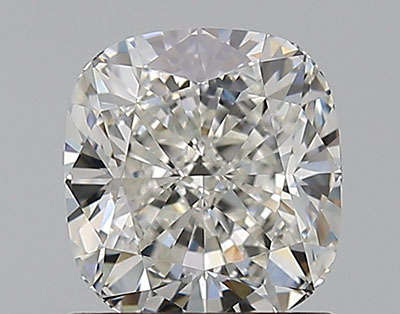
5.90 x 5.47 mm
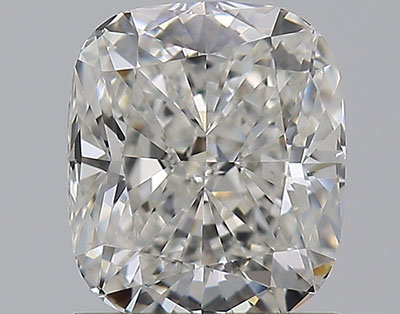
6.25 x 5.52 mm
What you see as the diamond’s “size” is actually its top view — the length and width in millimeters. This info is always listed in a lab grading report (Length x Width x Depth). For appearance, the first two measurements are most important.
That’s where smart shopping comes in. You can buy a diamond that looks larger than its carat weight suggests and save money. Why? Because carat weight has the biggest impact on price. Prices spike at every milestone: 0.50ct, 1.00ct, 1.50ct, etc.
Let’s flip perspectives and sit in the seller’s chair. Suppose a cutter buys a 2.00 carat rough. One cutting option yields a 1.00ct, H color, SI2 clarity diamond. Another option removes a bit more weight to eliminate a small inclusion, resulting in a 0.90ct, H color, SI1 clarity diamond. When they check the market, they see the 1.00ct stone sells for ~$4,700, while the 0.90ct sells for ~$4,000. Because size sells, they choose the 1.00ct even with lower clarity.
Now back to your side of the table: You can take advantage of this logic in reverse — and find higher clarity diamonds for less, just under each major weight milestone. These are known as “off sizes” and they’re a hidden gem in the diamond world.
Here are some real-world examples comparing size, quality, and pricing:
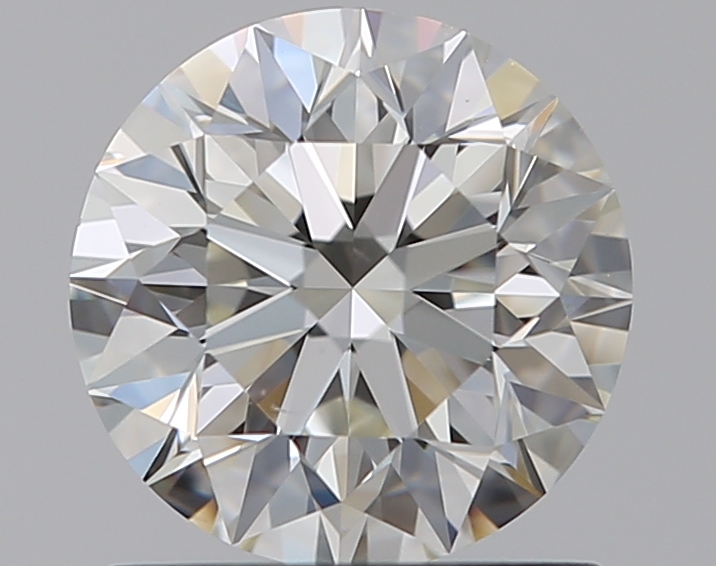
0.90 Carat, I Color, SI1 Clarity
Higher Color, Just Under A Carat
Price: $3,500
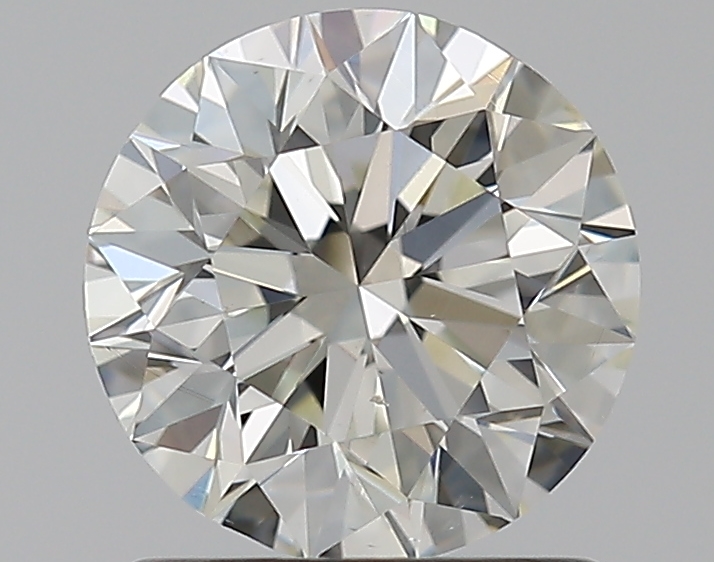
1.00 Carat, J Color, SI1 Clarity
Lower Color, at 1 Carat
Price: $4,400

1.29 Carat, G Color, VS2 Clarity
Higher Color & Higher Clarity
Price: $7,894
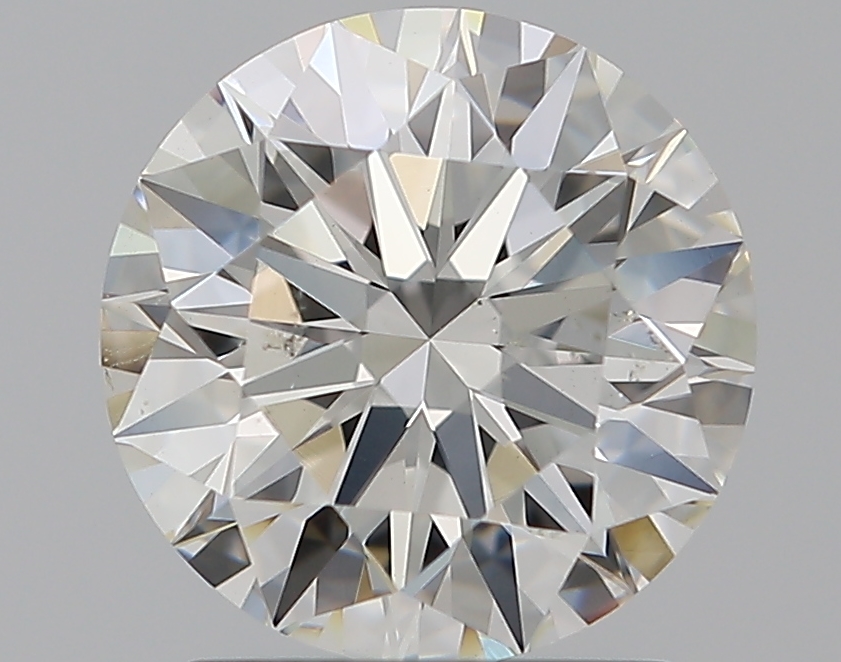
1.50 Carat, H Color, SI1 Clarity
Lower Color & Clarity at 1.50 Carat
Price: $7,875
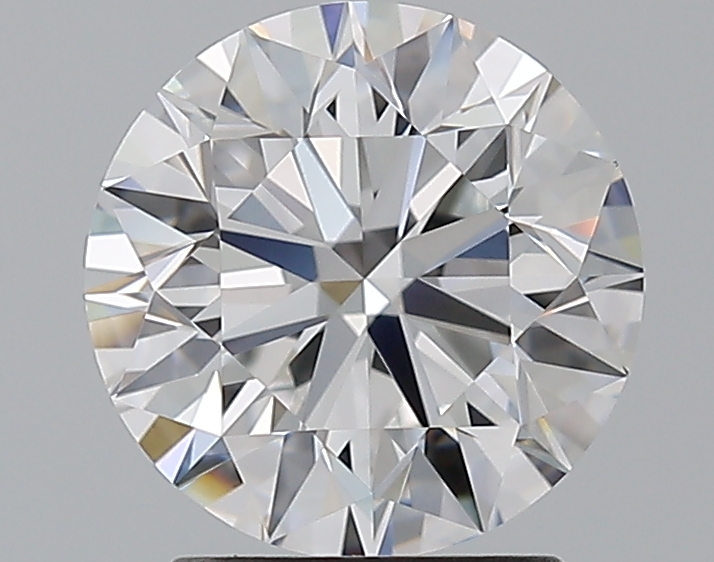
1.70 Carat, F Color, VS1 Clarity
Just under 2 Carat
Price: $15,775
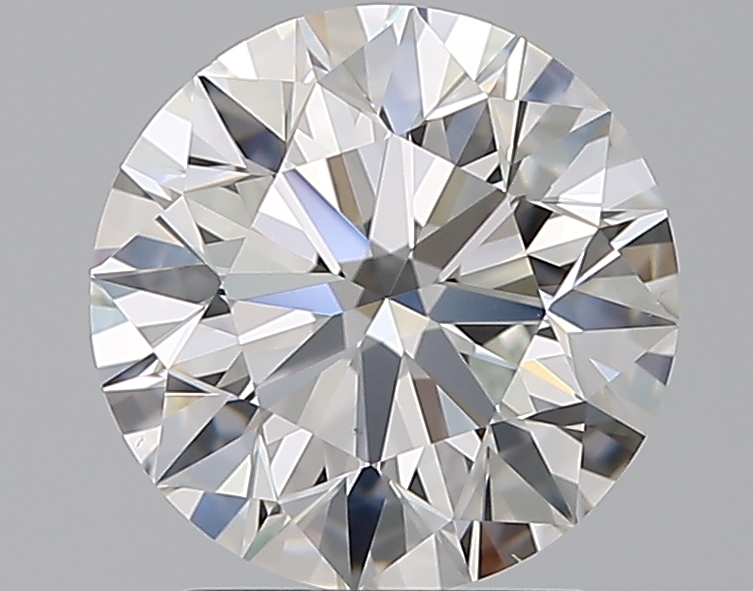
2.01 Carat, F Color, VS1 Clarity
Same Color & Clarity at 2 Carats
Price: $22,521
Some buyers simply want a 1.00ct, 2.00ct, or 3.00ct diamond — and there’s nothing wrong with that. Round numbers carry emotional and resale value. But if you’re open-minded, off sizes can give you more diamond for your dollar.
YOUR DREAM RING STARTS HERE:
DESIGN IT NOW, ENJOY IT FOREVER
-

START WITH A SETTING
Browse our settings and choose the style that is right for you
-

SELECT A DIAMOND
Choose the perfect diamond for your chosen setting
-

COMPLETE YOUR RING
Add the ring to your cart and start planning your proposal!

 Diamond Education
Diamond Education
 The Dream Experience
The Dream Experience
 Engagement Rings
Engagement Rings